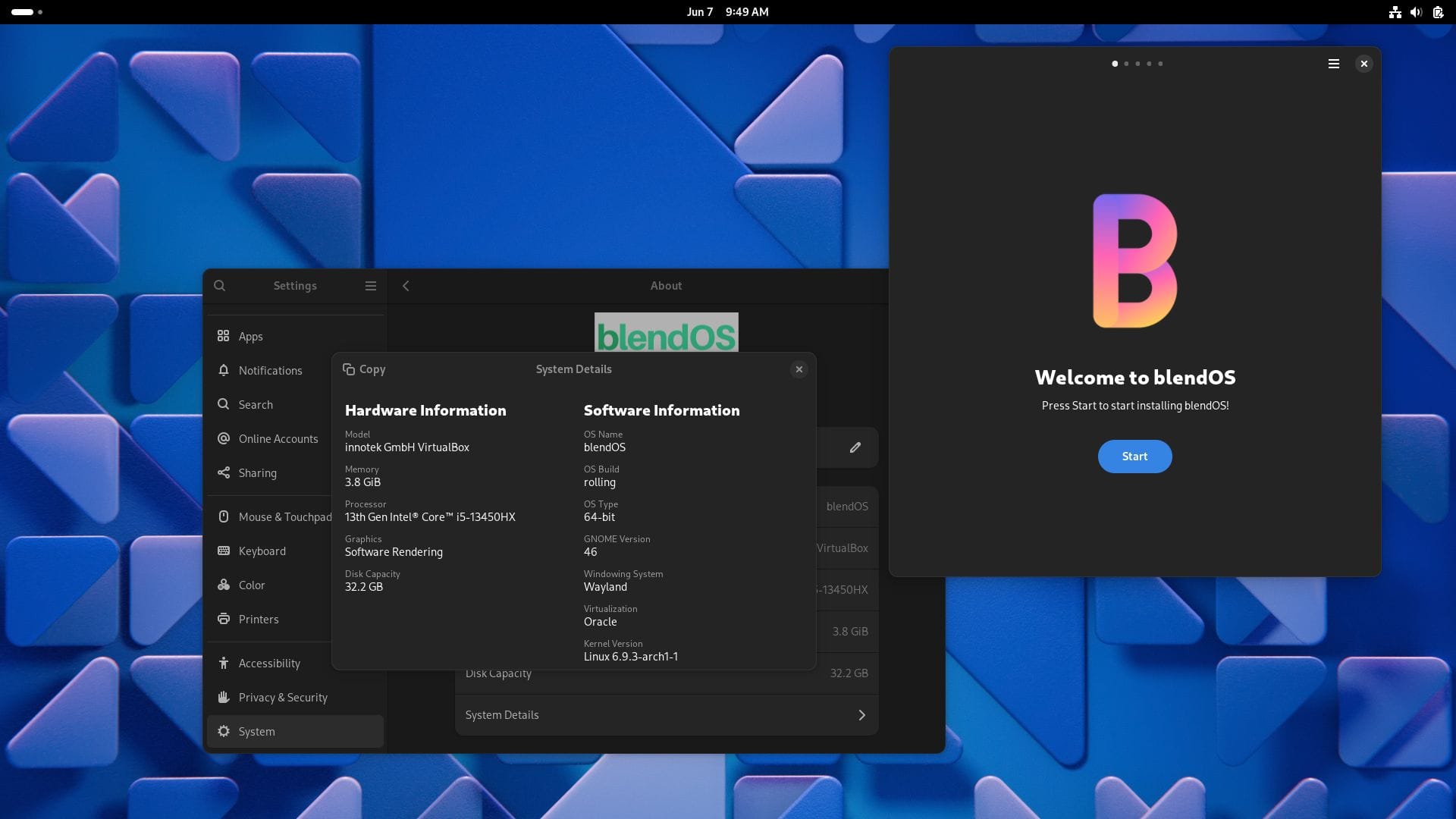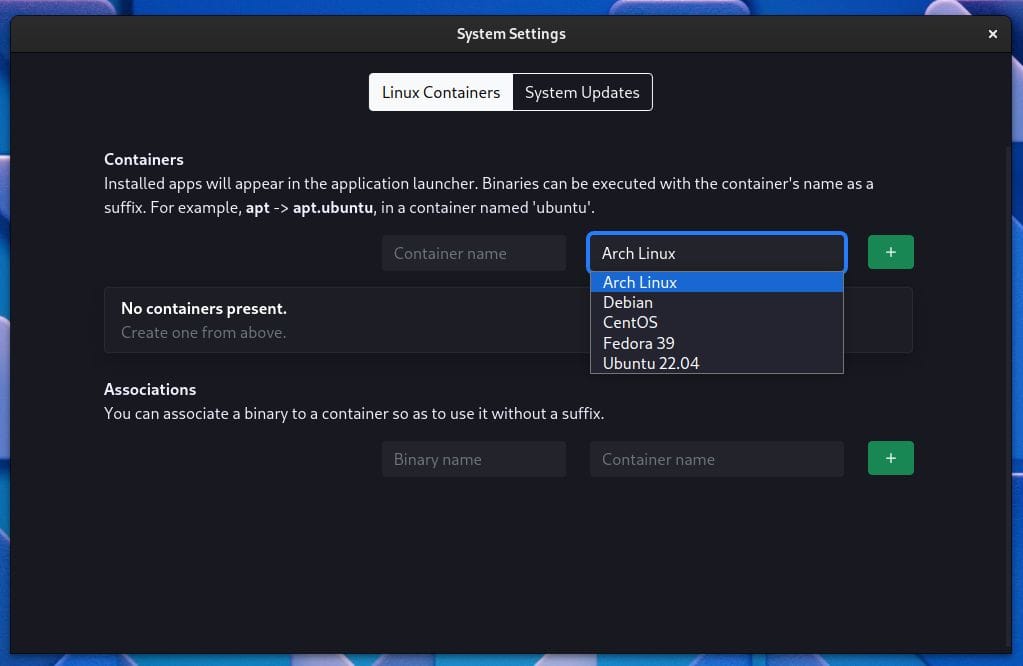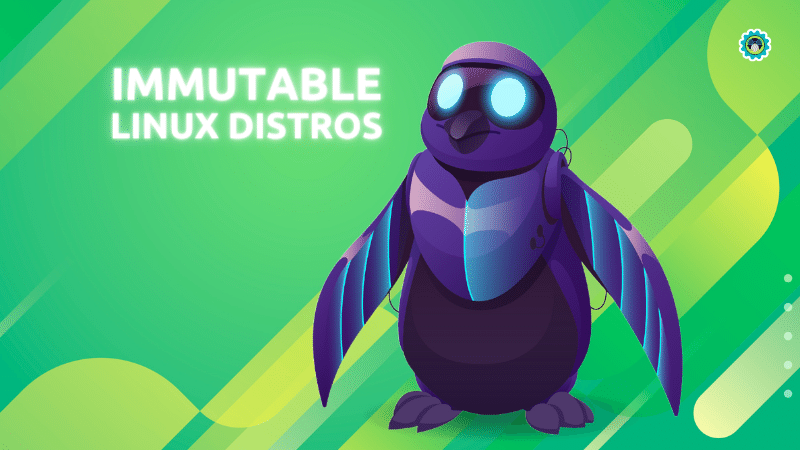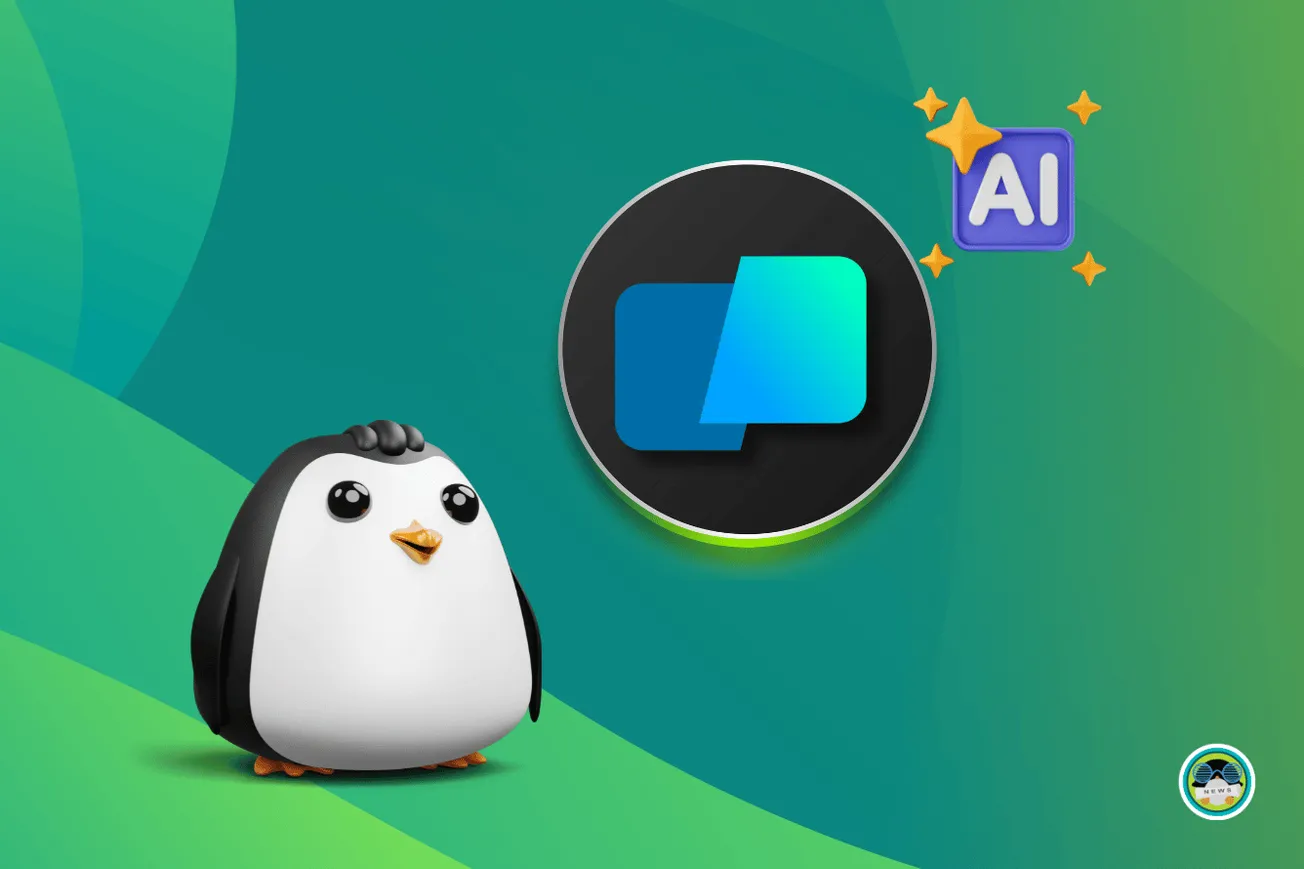
blendOS is a future-proof immutable Linux distro based on Arch Linux, which also acts as a unique immutable and atomic variant of the former.
I previously came across this when I covered the blendOS v3 release, which was a game-changer for the project, with major changes and additions across the board. Almost a year later, we now have a new release.
Termed by its developers as “a groundbreaking release that redefines blendOS”, the blendOS v4 release marks an important new chapter in the development of this relatively new Linux distro.
Join me as I explore this new release.
🆕 blendOS v4: What's New?

As a rolling-release distro, blendOS always keeps itself updated with the most recent advancements in the Linux world.
So, with this release we have Linux kernel 6.9.3-arch1-1 powering it all, and GNOME 46 being the default desktop environment, with other options like KDE Plasma, Xfce, Budgie, and MATE also being made available.
Moreover, starting with this release, blendOS has become fully declarative, allowing users to install any kernels, packages, and drivers from the various Arch repos and AUR.
You also get support for Android applications, which can be enabled through the “System” app on Wayland sessions of GNOME and KDE Plasma.
Additionally, there is a new GUI application, paired with a CLI counterpart, that will let you create custom containers for emulating other distros such as Debian, Ubuntu, Fedora, and CentOS.
When this is used, packages such as .deb, .rpm, and .apk will be installed to their relevant containers, and users would be able to launch them like any other app on their system.

The developers gave an example of how this could be used:
For instance, apt in a Debian container named deb can be accessed and used in the host shell as apt.deb.
Any applications (GUI or CLI) open within containers are indistinguishable from native applications installed on the host, and automatically appear in the app grid/launcher if you're using a desktop environment.
That reminds of QubesOS, which features something similar that is implemented on a more foundational scale.
In any case, to get more details on the new blendOS release, you can go through the official announcement blog.
📥 Get blendOS v4
The official website lists many download mirrors for you to get the blendOS v4 release, but, at the time of writing, many of those were offline. I had downloaded from the German mirror “Sahilister” to test this release out.
If you need help with installation, the documentation is a great place to start. You will also find instructions to switch the desktop environment using the “tracks” feature, if the default one (GNOME) is not your cup of tea.
Those interested in contributing to the development, or just want to look at the source code, can visit its GitLab repo.
Suggested Read 📖

More from It's FOSS...
- Support us by opting for It's FOSS Plus membership.
- Join our community forum.
- 📩 Stay updated with the latest on Linux and Open Source. Get our weekly Newsletter.









